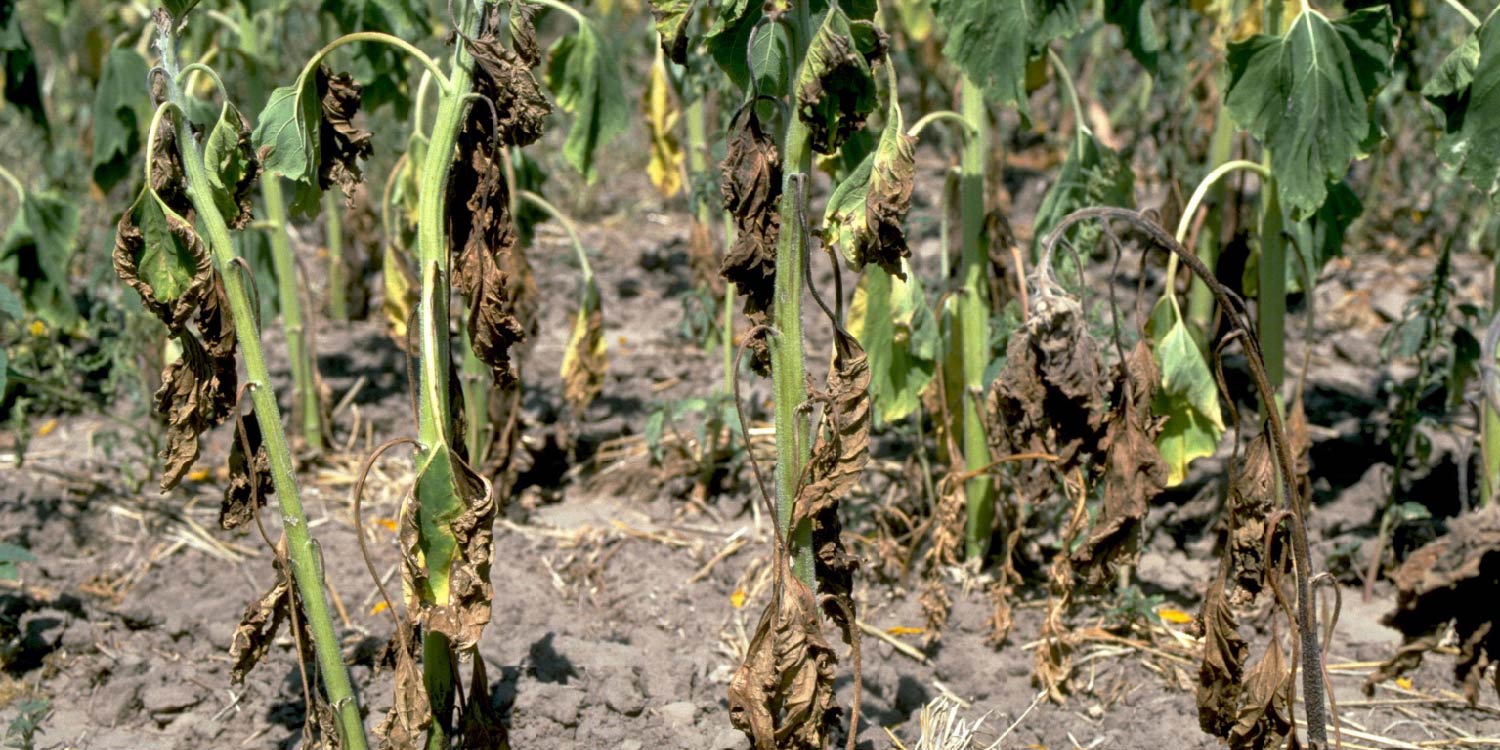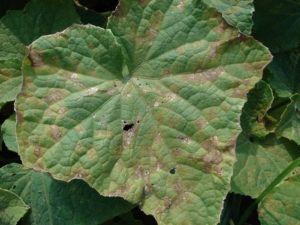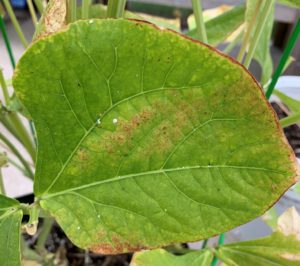What is Damping Off or Fusarium Wilt?
Fusarium wilt, better known among home gardeners as damping off, is a disease that afflicts the vascular system of plants. It most commonly infects plants in the nightshade (solanaceous) family, such as tomato, pepper, potato, and eggplant.
Soil contaminated with the fungus can keep seeds from germinating and cause seedlings to die from what is essentially root rot. In later stages of plant development, the fungus may restrict the plant’s ability to take up water via its vascular system, thus causing leaves to turn yellow, curl, and wilt. Like Verticillium wilt, the damage may first appear in the lower portion of the plant before it spreads upwards. Also, damage may appear only on one side of the infected plant.
Treatment Options?
According to North Carolina State University, there are no organic options when it comes to treating Fusarium wilt:
Organic growers have no chemical control options that are effective and need to completely rely on host resistance and cultural strategies for disease control.[2]
In other words, prevention is the best treatment for this disease.
How to Prevent Infection
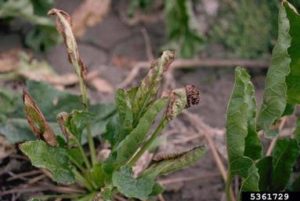
One way to prevent infection is to make sure your seed pots are sterile. You can accomplish this by soaking them in a 10-20% bleach solution for 30 minutes. You’ll want to rinse and dry the pots thoroughly. Follow with a new organic potting mix so as to avoid spores that might be hiding in previously used soil.
Also, to prevent damping off, make every effort to eliminate conditions that stress the plants since stress can cause them to be more susceptible to diseases. For example, fungi thrive in wet environments, so to minimize the likelihood of your plants getting damping-off or having other issues, be sure to water appropriately.
Finally, prevent Fusarium by planting varieties that are resistant to the fungus. Many heirloom varieties, unfortunately, are not resistant.
How To Minimize Spreading
If a plant has become infected, it’s import to keep the disease from spreading. Start by pruning the areas of the plant that have been affected. Do not compost the material as this could infect your compost pile. It’s much safer to discard it in the trash. If the infection is severe, you may need to dispose of the entire plant. Sad, I know, but you want to do all you can to prevent the disease from spreading to your other plants. Again, do not compost the plant, but throw it away.
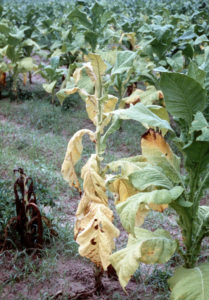
Damping off can spread throughout your garden when you use contaminated garden tools on healthy plants. Thus, you’ll need to sterilize any tool that’s come into contact with contaminated soil or plants. This can be achieved by wiping the tool with a solution of 1 part bleach to 9 parts water. Although, some recommend a stronger solution of 1 part bleach to 4 parts water. You can learn more about the various disinfecting options for garden tools in this helpful article.
Fusarium spores can live in the soil for several years, so avoid replanting in soil that you know has been infected, and be sure to sterilize any container that has housed an infected plant.
Although I have never tried it, many say it’s possible to kill the fungi using soil solarization, which heats up the first several inches of the soil to temperatures high enough to kill the fungus. Gardening Know How explains how this works in a traditional bed:
Prepare the soil by tilling or digging and then wetting it down. Cover the area with a clear plastic tarp and bury the edges under a few inches of soil to hold it in place and keep the heat in. It takes three to five weeks of bright sunlight and warm temperatures for the soil to heat up enough to kill the fungus.[1]
As an alternative, one popular gardener has noted that some recommend heating up smaller amounts of soil in a 140 degree oven for 30 minutes in order to kill the pathogen. The concern, however, is that “baking” the soil in this way could also kill the beneficial micro-organisms in the soil.[3] Personally, I would be hesitant to turn my kitchen into a fungal research lab.
Damping off can be a destructive force in your garden, but with the proper gardening techniques, you can minimize its impact, if not avoid it altogether.
Note: If you found this article to be helpful, please share it with someone you think might be interested in it as well. Thank you!
[1] Jackie Carroll, Verticillium Wilt Treatment, Garden Know How, https://www.gardeningknowhow.com/plant-problems/disease/verticillium-wilt-treatment.htm
[2] “Fusarium Wilt of Watermelon,” NC State Extension, accessed 6-26-20, https://content.ces.ncsu.edu/fusarium-wilt-of-watermelon
[3] Damping Off: How to Prevent and Control Seedling Wilt, Epic Gardening, 2-7-19, accessed 6-26-20, https://www.epicgardening.com/damping-off/
